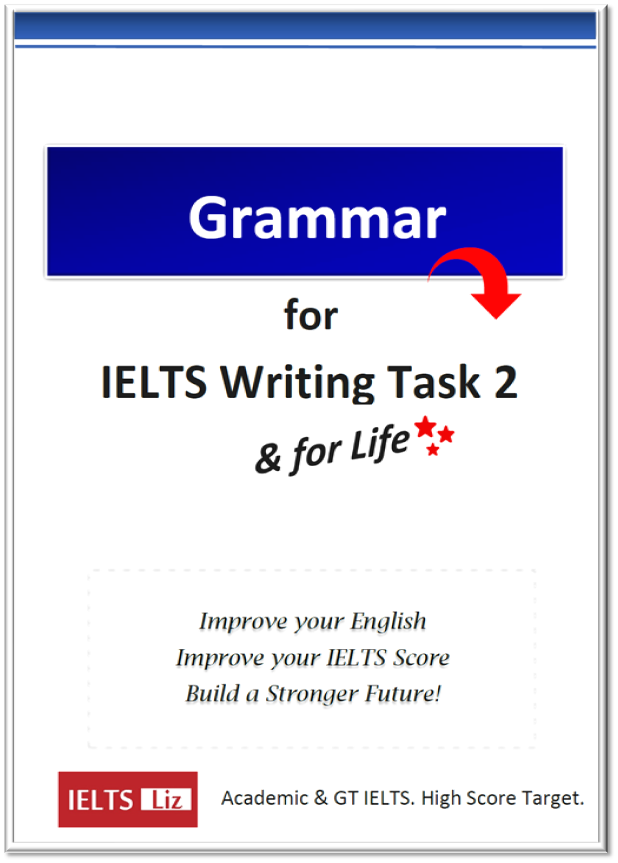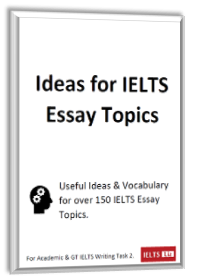A list containing the most common uncountable nouns with tips and advice. Countable and uncountable nouns are some of the most common mistakes that students make in English. This page will explain everything to you.
Download PDF: Uncountable Nouns List
What is an uncountable noun?
Countable nouns are nouns which can be counted in numbers. For example, one house / two houses. When we use countable nouns, we use the article “a” and the plural “s” (a house, two houses).
Uncountable nouns are nouns which can’t be counted. For example, information. It is not possible to say one information/ two informations. The word “information” can’t be counted using numbers. It can never have a plural “s”. It can never have an article “a” or “an”. And it can never be quantified with any number. However, when using uncountable nouns, you will need to use a singular third person verb tense “information is” and it can never be “information are”.
What types of uncountable nouns are there?
Most uncountable nouns relate to:
- liquids (milk, water)
- abstract ideas (advice, chaos, motivation)
- powder and grain (rice, wheat, sand)
- mass nouns (furniture, hair, transportation)
- natural phenomena (sunshine, snow, rain, weather)
- states of being (sleep, stress, childhood)
- feelings (anger, happiness, enthusiasm, courage)
- gas (oxygen, air)
Uncountable Nouns & Grammar
- How much …? = uncountable nouns / How many …? = countable nouns /
- These = countable / This = uncountable
- many = countable / a lot of = uncountable (and countable)
- not many = countable / not much uncountable (we use “much” with negative uncountable nouns)
To express an amount of an uncountable noun, you must use other words.
- some information = a piece of information
- some clothing = one item of clothing / two items of clothing
- some equipment = a piece of equipment / two pieces of equipment
- some water = a cup of water / two glasses of water
Uncountable Noun List
I have put the most common words in bold. Some words are both countable and uncoutable – I have put a note next to those words.
A-F Uncountable Nouns
- accommodation
- advertising
- air
- aid
- advice
- anger
- art
- assistance
- bread
- business
- butter
- calm
- cash
- chaos
- cheese (both)
- childhood (both)
- clothing
- coffee (both)
- content
- corruption
- courage
- currency (both)
- damage
- danger (both)
- darkness
- data
- determination
- economics
- education (both)
- electricity
- employment
- energy
- entertainment (both)
- enthusiasm
- equipment
- evidence
- failure (both)
- fame
- fire
- flour
- food (both)
- freedom
- friendship (both)
- fuel
- furniture
- fun
G -M Uncountable Nouns
- genetics
- gold
- grammar
- guilt
- hair
- happiness
- harm
- health
- heat
- help
- homework
- honesty
- hospitality
- housework
- humour
- imagination (both)
- importance
- information
- innocence
- intelligence
- jealousy
- juice
- justice
- kindness
- knowledge
- labour
- lack (both)
- laughter
- leisure
- literature
- litter
- logic
- love (both)
- luck
- magic
- management
- metal (both)
- milk
- money
- motherhood
- motivation
- music
N-S Uncountable Nouns
- nature
- news
- nutrition
- obesity
- oil
- old age
- oxygen
- paper (both)
- patience
- permission
- pollution
- poverty
- power (both)
- pride
- production (both)
- progress
- pronunciation
- publicity
- punctuation
- quality (both)
- quantity (both)
- racism
- rain
- relaxation (both)
- research
- respect
- rice
- room (space)
- rubbish
- safety
- salt
- sand
- seafood
- shopping
- silence (both)
- smoke
- snow
- software
- soup (both)
- speed
- spelling
- stress
- sugar
- sunshine
T – Z Uncountable Nouns
- tea (both)
- tennis
- time (both)
- tolerance (both)
- trade (both)
- traffic
- transportation
- travel
- trust
- understanding (both)
- unemployment
- usage
- violence
- vision (both)
- warmth
- water
- wealth
- weather
- weight (both)
- welfare
- wheat
- width
- wildlife
- wisdom
- wood (both)
- work
- yoga
- youth (both)
Irregular Uncountable Nouns
Some nouns can be both countable and uncountable.
Room = has two meanings. One is countable and one is uncountable.
- If this is about a room in a house, it is countable.
- If this is relating to space “there isn’t much room in this place”, it is uncountable.
Hair = this can be countable and uncountable depending on how you use it.
- “There is a hair in my soup”. This refers to only one strand of hair and is countable.
- “He has a lot of hair”. This refers to the mass of hair and is considered uncountable.
Business = this can be countable and uncountable.
- “He is going to Paris on business”. This is uncountable.
- “I will take my business elsewhere”. This is uncountable and means I will take my custom to another shop.
- “He studies business at school”. This is uncountable.
- “I am planning to start a new business”. Countable.
This is a difficult one with a lot of exceptions. Here’s a link with a list of rules for the word business / countable and uncountable.
Other Irregular Uncountable Nouns
light / paper / time / work /
For details of irregular uncountable nouns, follow the link.
Practice with Countable and Uncountable Nouns
Fill in the gaps using one of the following: many / much / a lot of.
- …………. wildlife is losing habitation due to deforestation.
- I haven’t heard ………. news about the recent events in Europe.
- There aren’t ………. sports lessons offered in the school curriculum.
- I can’t go out to tonight because I’ve got ………… work.
- It is often thought that people who have only traveled in their own country don’t have ……………. tolerance for others compared to people who have been abroad.
- ………… literature that students read at school is classical.
- ……….. education policies are designed to protect students but ensure a high level of learning.
- A lot of
- much
- many (“lessons” = countable)
- a lot of
- much
- A lot of
- Many (“policies” = countable)
Fill in the gaps with on of the following: is / are.
- Silence ……… essential in libraries to ensure that people can concentrate on what they are reading.
- There ……. a lot of company advertising during major sports events.
- Shopping …….. one of the most popular leisure activities for women.
- There …….. a lot of information available online about IELTS.
- There ………. a lot of traffic in city centers during rush hour.
- There ……….. not enough money spent on research for cancer.
- Water …….. essential for plants to thrive.
- I think that childhood …….. one of the best times of a person’s life.
- The management procedures ……… difficult to understand.
- Not enough aid …. given to third world countries.
- is
- is
- is
- is
- is
- is
- is
- is
- are
- is
Recommended
- Vocabulary for Topics: Lessons and Pronunciation
Main IELTS Pages
Develop your IELTS skills with tips, model answers, lessons, free videos and more.
- IELTS Listening
- IELTS Reading
- IELTS Writing Task 1
- IELTS Writing Task 2
- IELTS Speaking
- Vocabulary for IELTS
- IELTS Test Information (FAQ)
- Home Page: IELTS Liz





